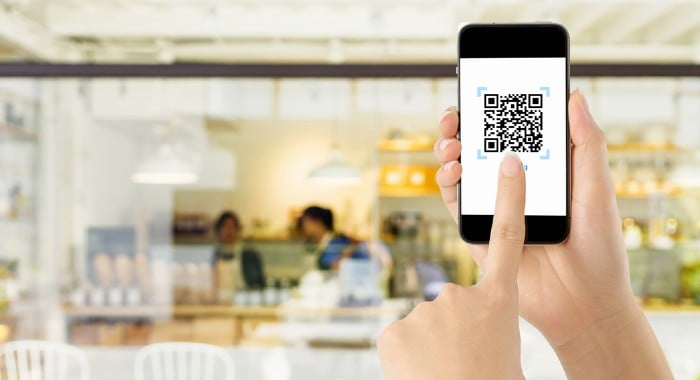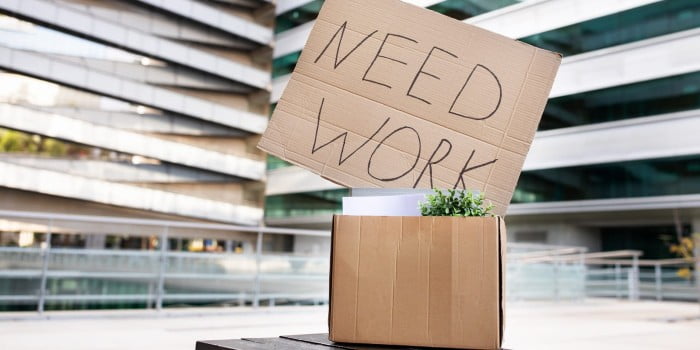29 February 2024 – A whopping 93.4% of in-store card transactions up to £100 were made via contactless in 2023.
Barclays derived the data from its debit and credit card transactions and determined the following surprising conclusions. A typical customer had an average of 231 transactions, with an average spend of £15.69 each time.
A regular shopper would have made £3,620 worth of contactless payments for a year.
The busiest day for mobile payments was 22 December 2023. As the Friday right before Christmas, many shoppers scrambled for last-minute presents.
It’s definitely a significant number of sales that no small business should disregard.
Older consumers increasingly prefer contactless payment
It’s not just the young ones aboard the contactless payment train. Those over 65 were the fastest-growing group in terms of mobile payment usage for three years in a row.
Active users among the 85- to 95-year-olds also passed 80% in 2023 for the first time ever.
Given the growing number of cashless businesses, I’m pleased to see that many older shoppers are embracing touch and go, and that the gap in contactless usage between age demographics continues to narrow.
Karen Johnson, head of retail at Barclays
Divide over physical card versus mobile payment
Many consumers choose contactless payment for convenience. And with that comes which method is preferred by each age demographic.
Of the 2,000 individuals surveyed by Opinium Research for Barclays, 25% of 18- to 34-year-olds prefer paying with their mobile to a physical card. The older generation, in this case, the over-75s, only had 3% agreeing to this sentiment.
22% of the same younger age group (18 to 34) usually leave their wallets behind, in favour of technology allowing them to pay with their mobiles. In contrast, a measly 1% of those aged over 75 use their phones for transactions.
This reliance on a smartphone may be related to the statistic that 18% of those surveyed had difficulty remembering their PIN. Furthermore, older customers may need more assistance setting up their mobile wallets and banking apps.
QR codes prove successful as a third contactless option

Since its introduction to the UK in 2007, Barclays has always been confident in the rising popularity of contactless payment. As it utilises a customer’s smartphone linked to their bank accounts, there is a massive potential for portability.
The universal bank divulged that its leisure and hospitality clients were at the forefront of this movement. They were finding success by offering a third contactless payment option: QR codes.
The sentiments of restaurant-goers reflect this success. 15% of those surveyed aged 18 to 34 prefer this method for ordering and paying at their table.
The scan-to-pay feature usually works with all smartphone cameras. However, other codes may need a specific app to complete the transaction.
Less workload and wait time for SMEs
Cashless stores are popping up everywhere to accommodate the growing needs of consumers. Aside from this, there are other perks to providing the additional method of paying with a mobile.
Barclays’ head of retail declared that businesses can save precious time and boost productivity by adopting touch-and-go payments.
The technology basically streamlines the whole payment process. This is quite the development, especially for SMEs with only one to three employees.
Staff will have less on their plate, enabling them to prioritise other areas in the business. Businesses will get paid faster, as quickly as five seconds per transaction. Easy integration for an SME’s online store is always possible.
Meanwhile, customers will have reduced wait times for the bill. Some appreciate the contactless aspect for a more hygienic transaction.
With the statistics coming in favour of mobile payments, SMEs will have no choice but to adapt to this new mode of payment. Inability to do so will mean losing out on valuable sales.
Our Opinion
There is no doubt that people like new technologies that make their lives easier. And paying with their mobile is one such technical advance. It allows them to leave their wallets and purses at home.
Even older people have started to see the advantages of paying cashless. This trend is likely to continue, especially as the first generation that grew up with smartphones age.
So it’s well worth for small businesses to invest in technologies that allow their customers to pay with their mobile phones. However, we aren’t at a stage yet where cash has become obsolete.
While the number of older people using cashless payment options is increasing, there is still a good number of people who do use cash.
Small businesses should consider their customers when making decisions about payment options. While the use of cash is declining, stopping to accept it might put off some customers.
Like with so many things, it’s a question of balance. And let’s not forget that cash-less payments, whether card, contactless or mobile payment, do incur costs. While in most cases it’s probably worth spending the extra money, it’s something to take into consideration too.






